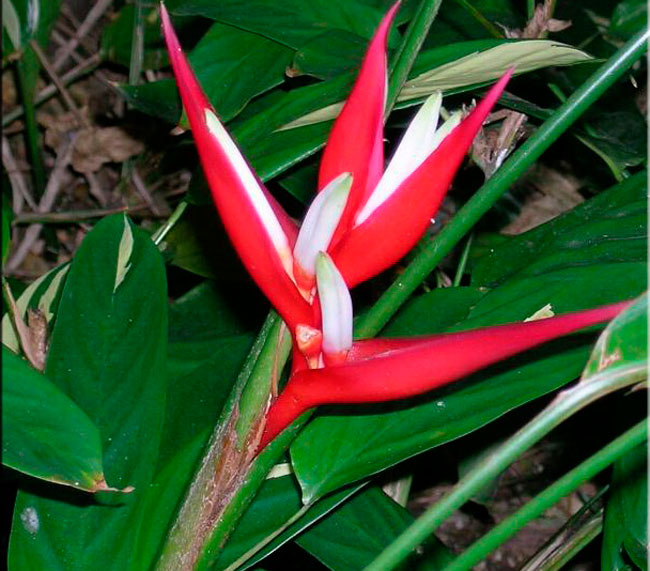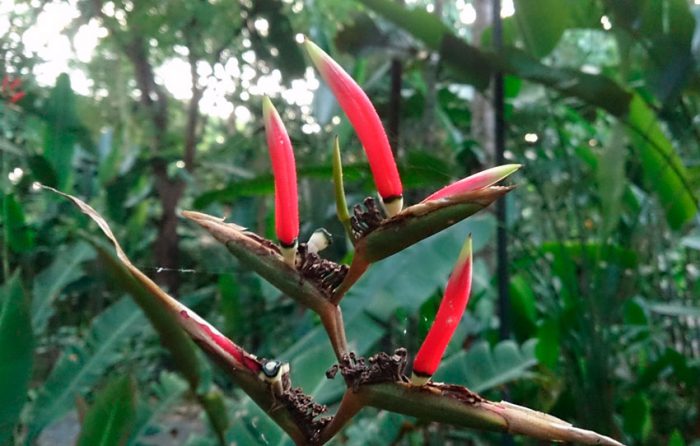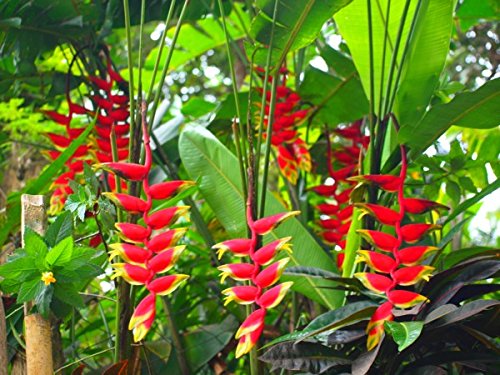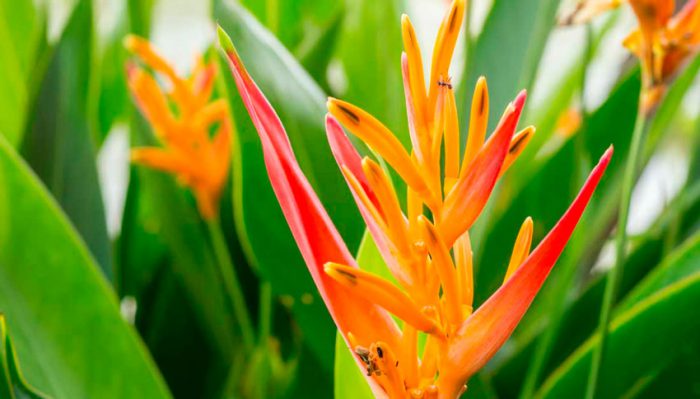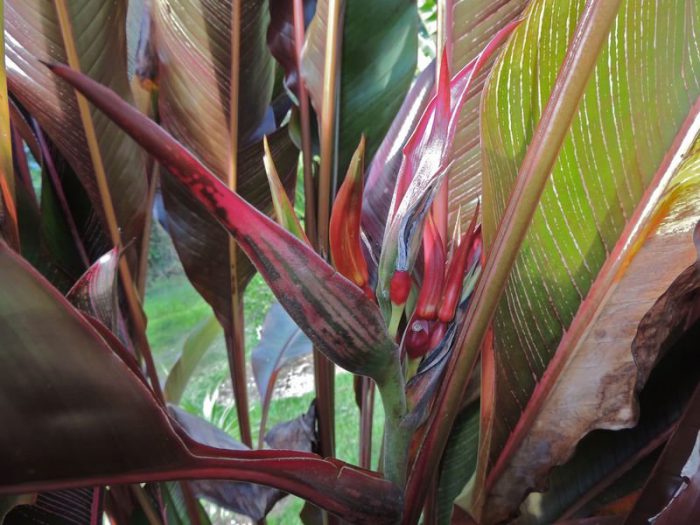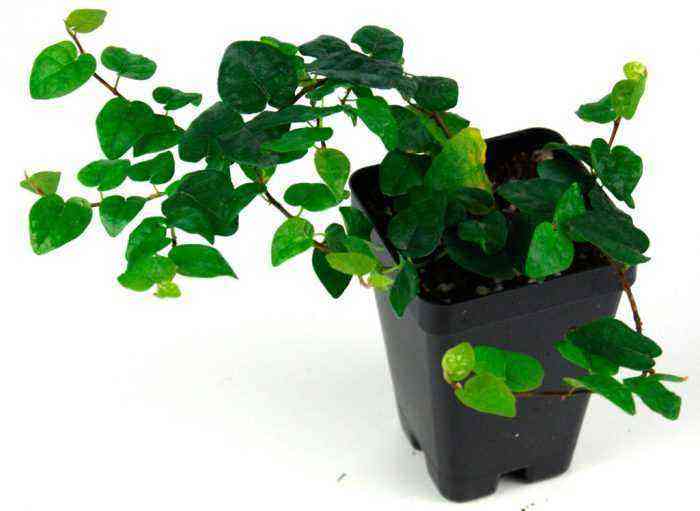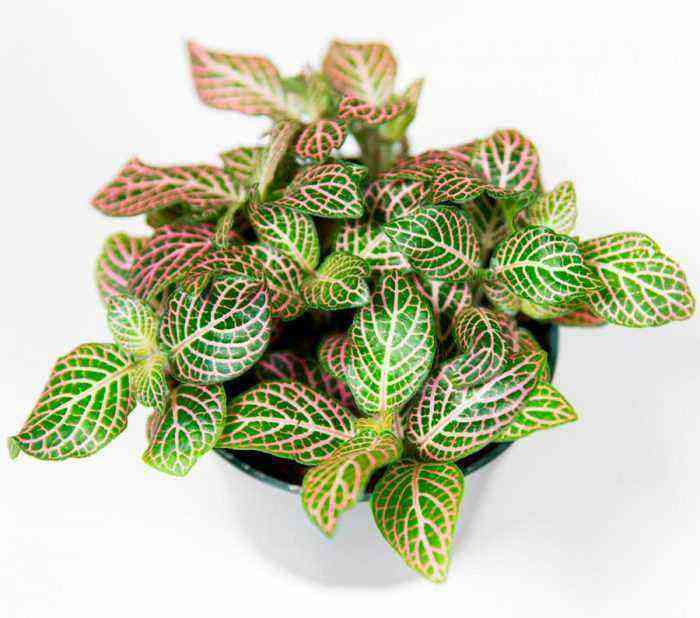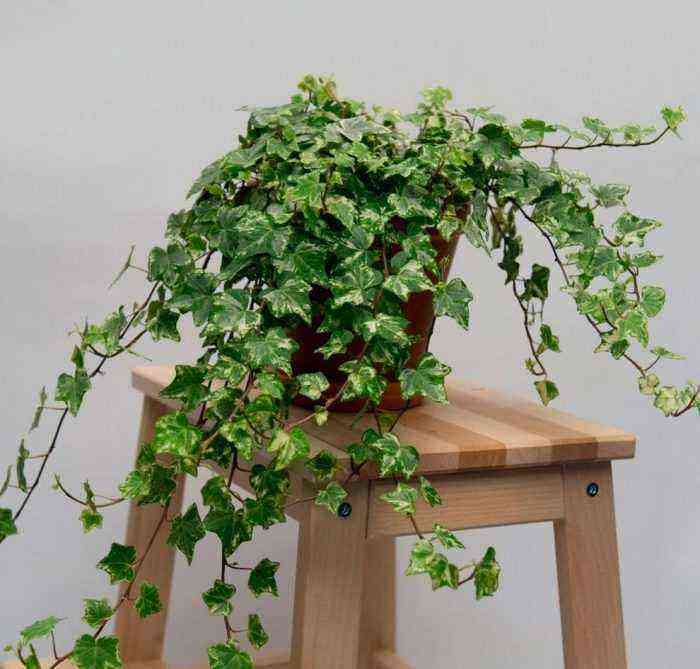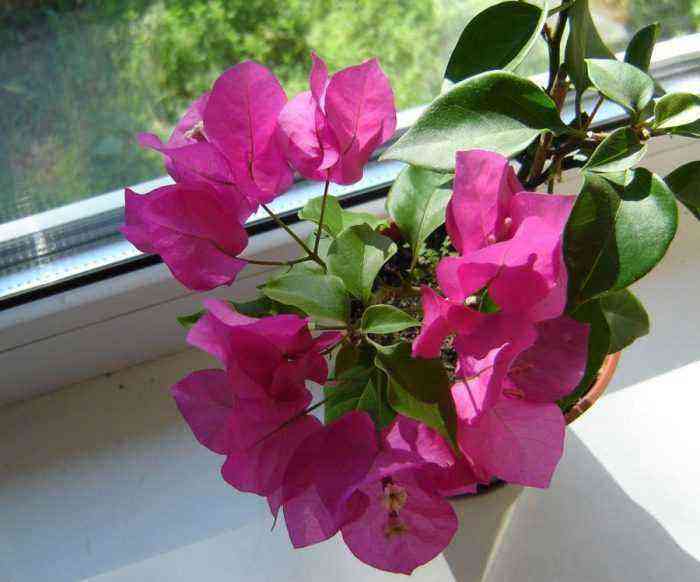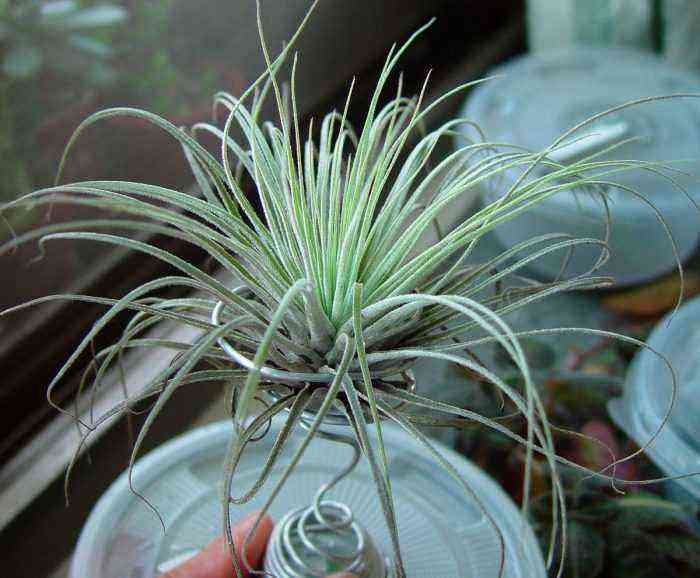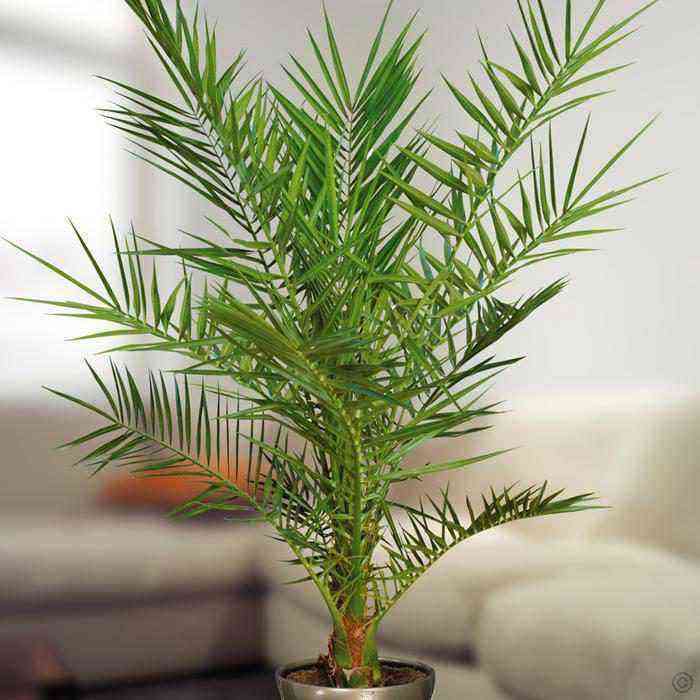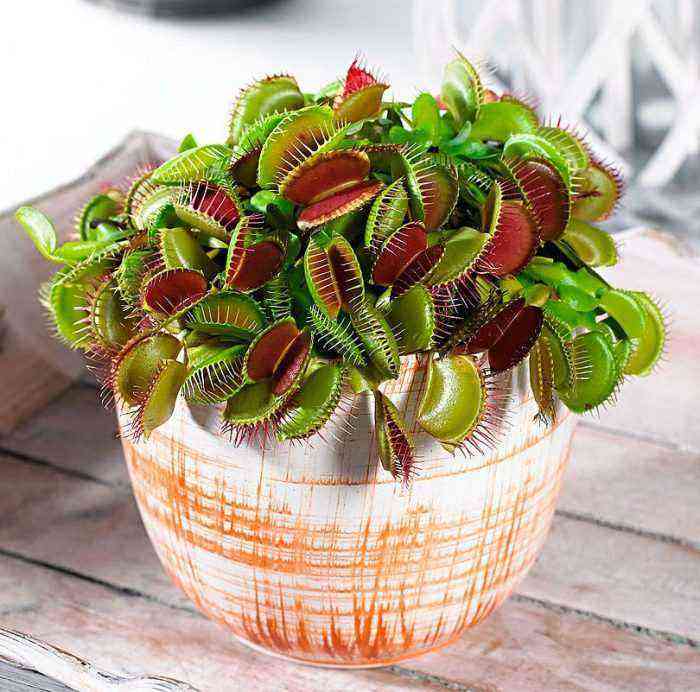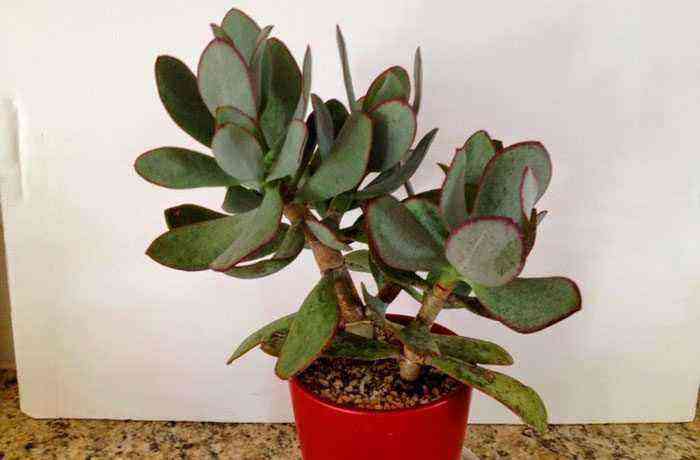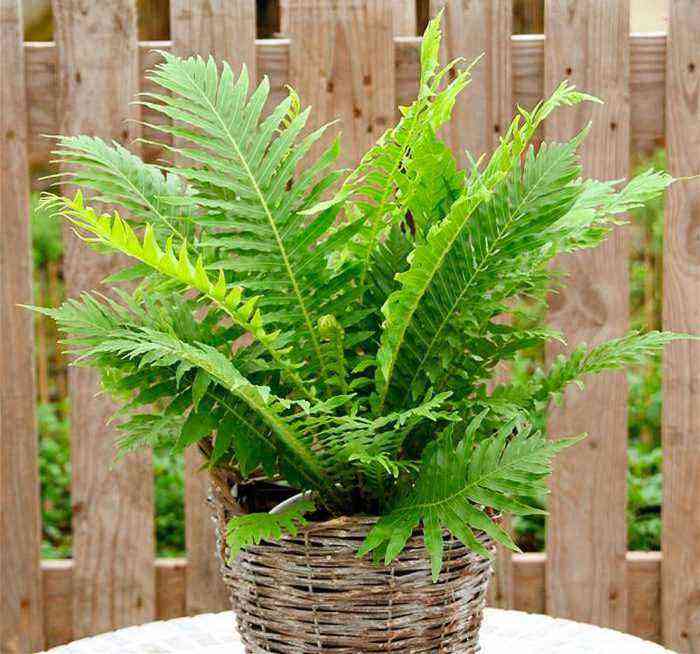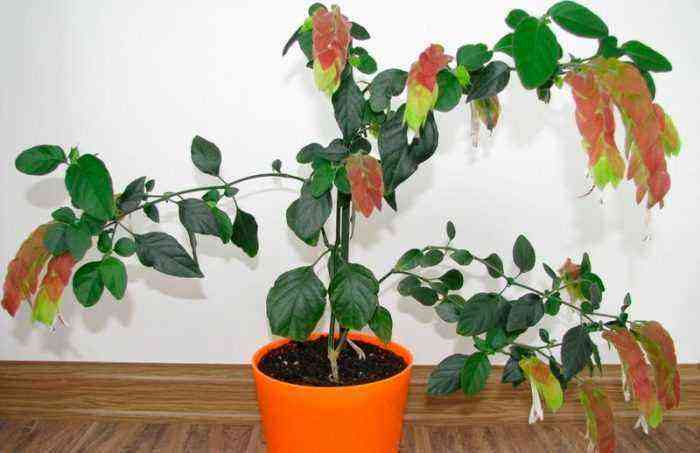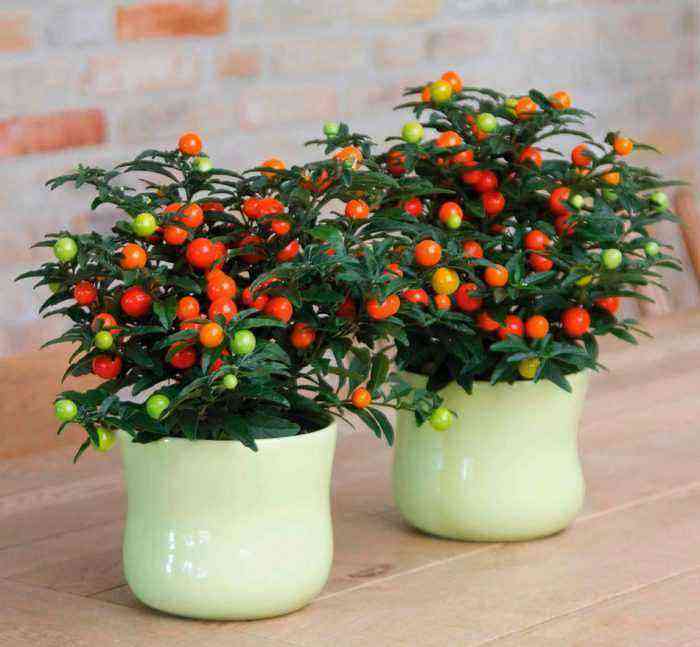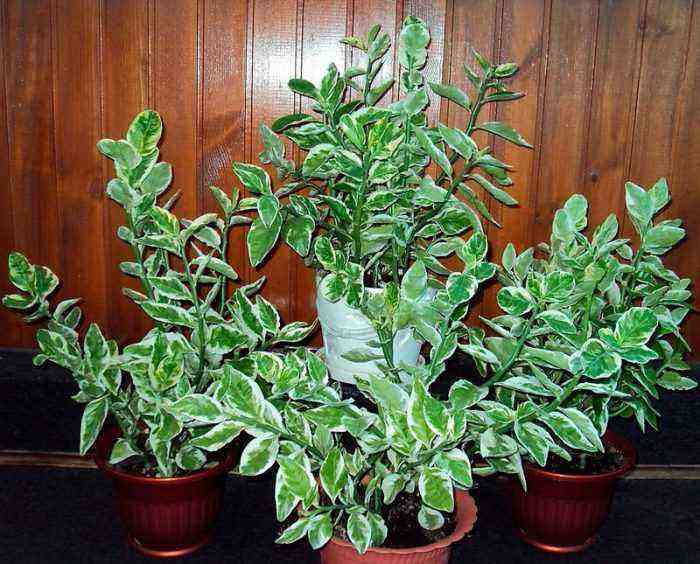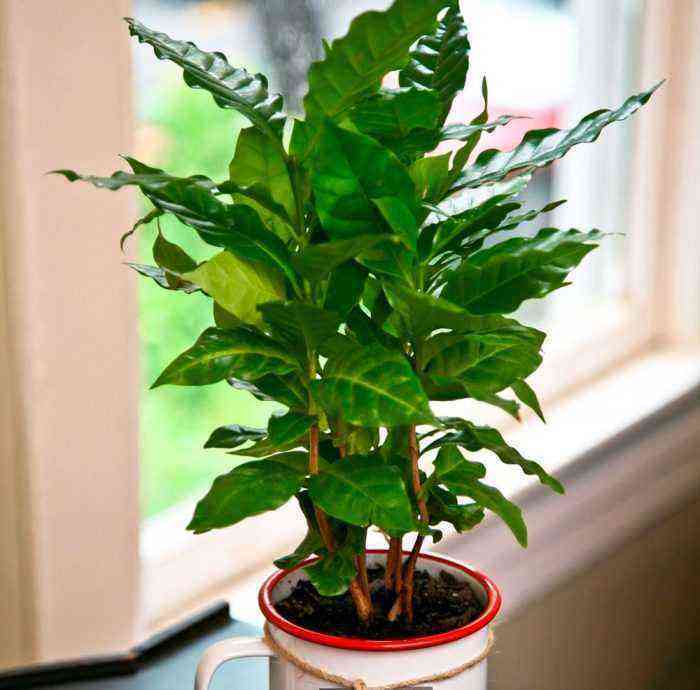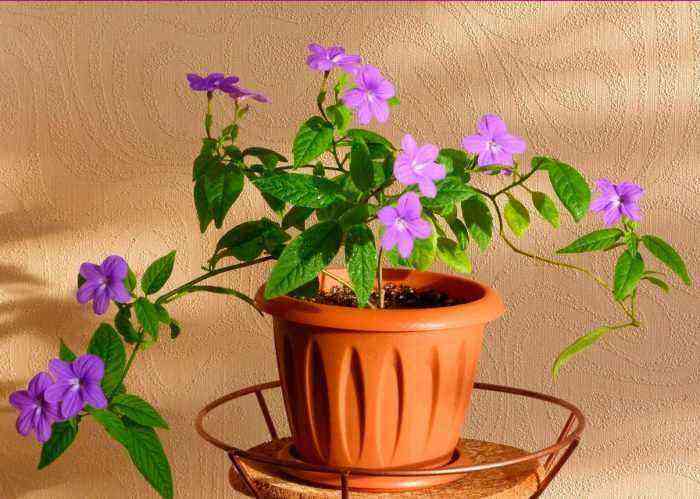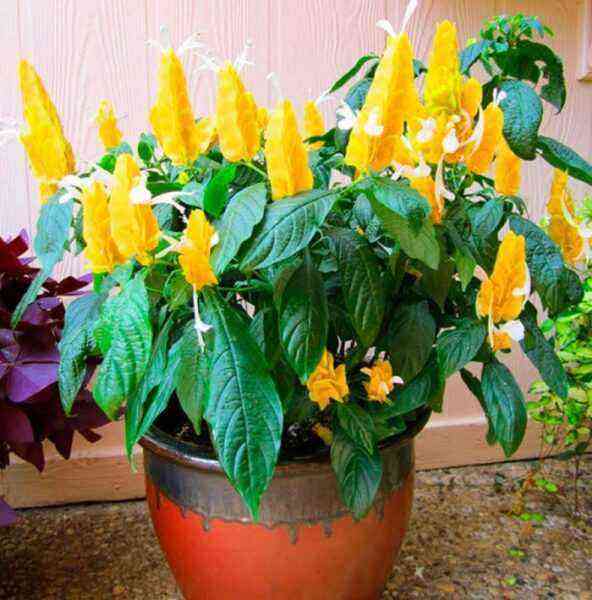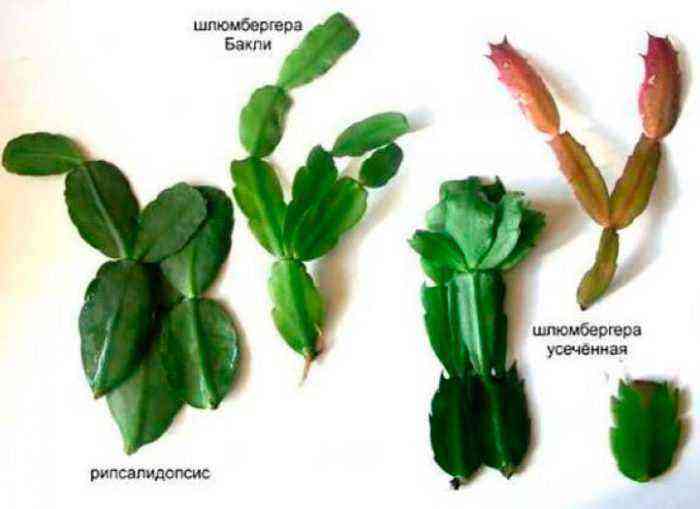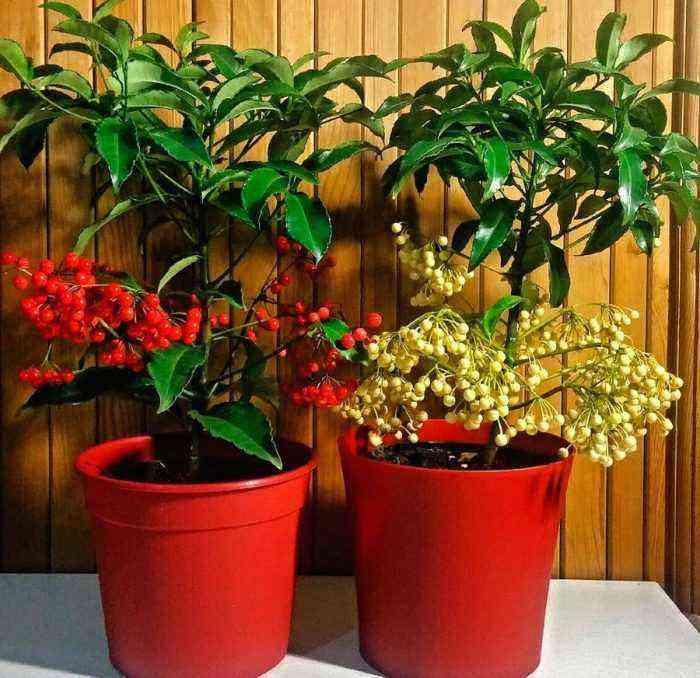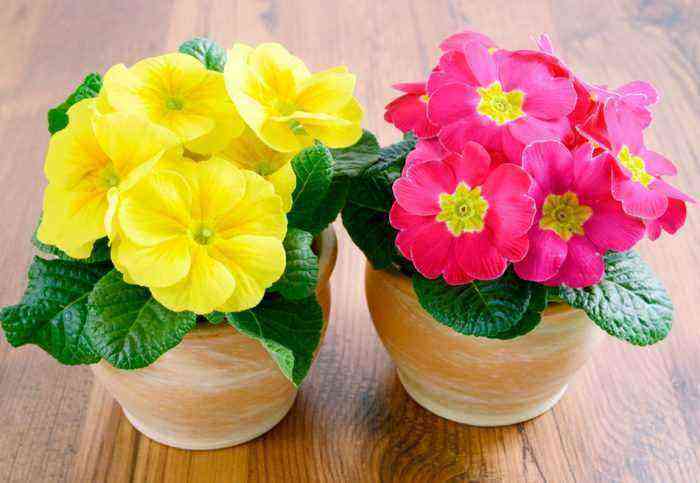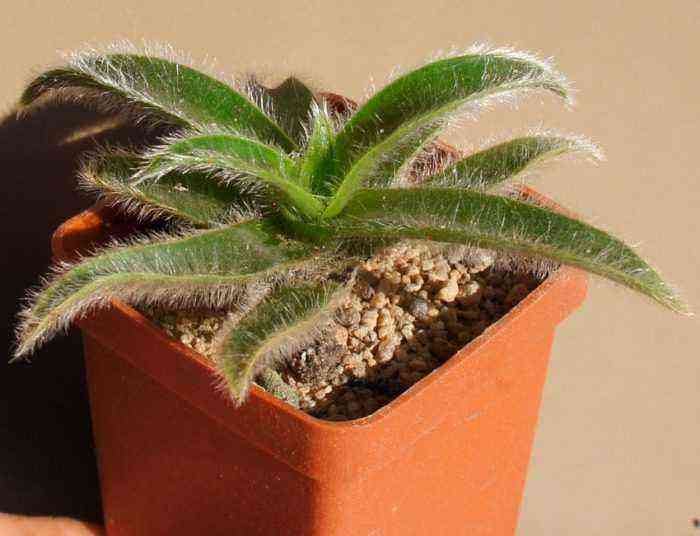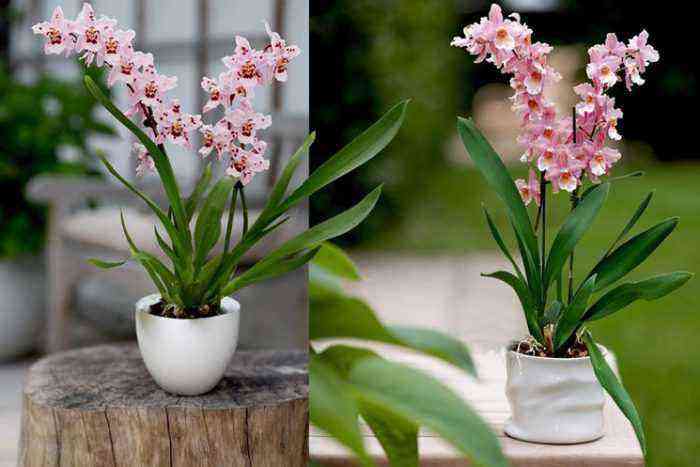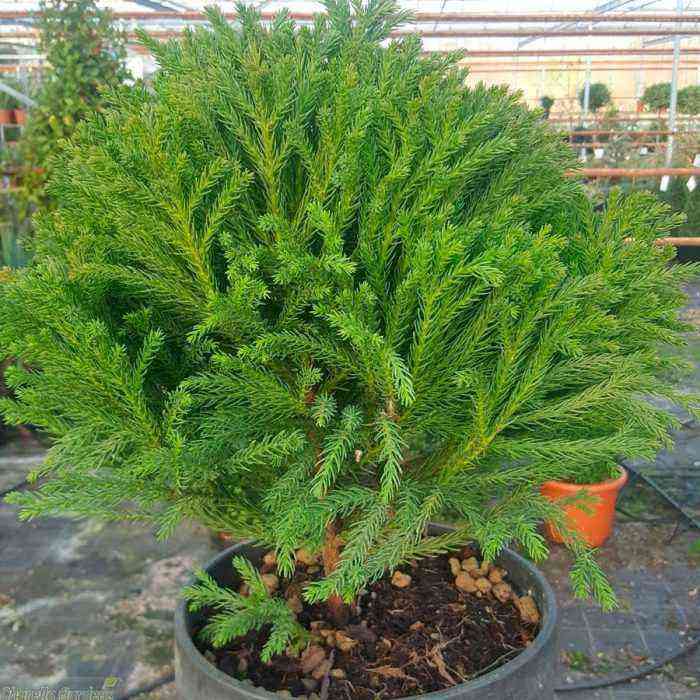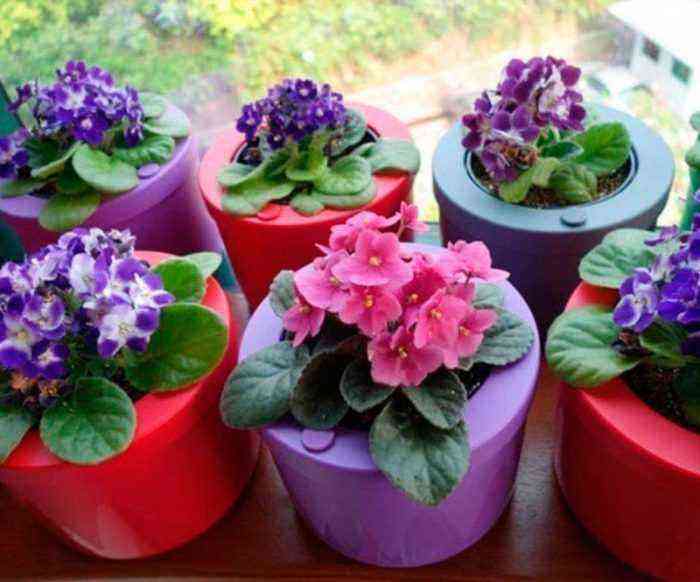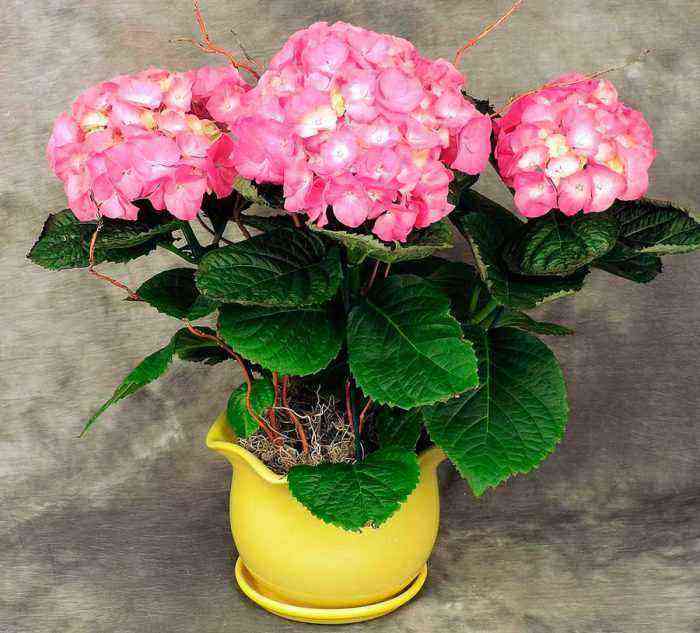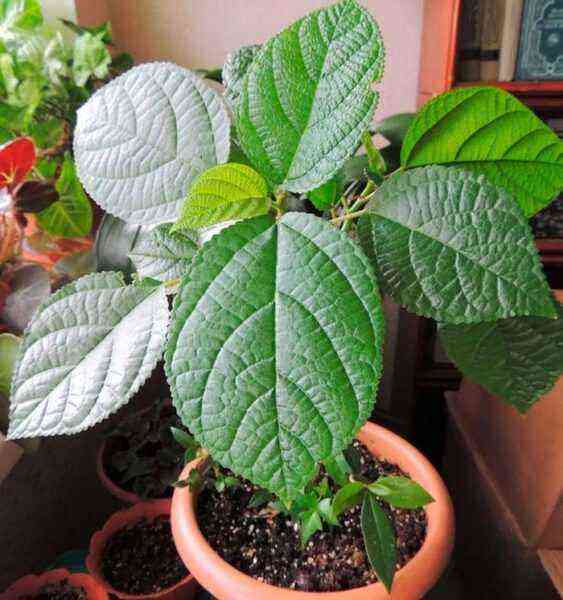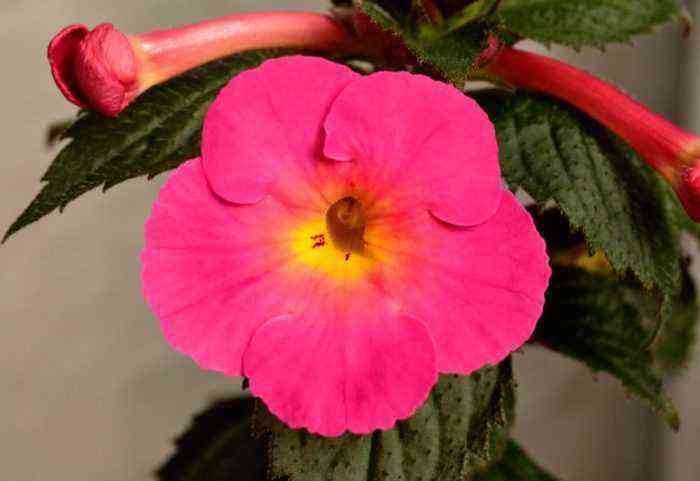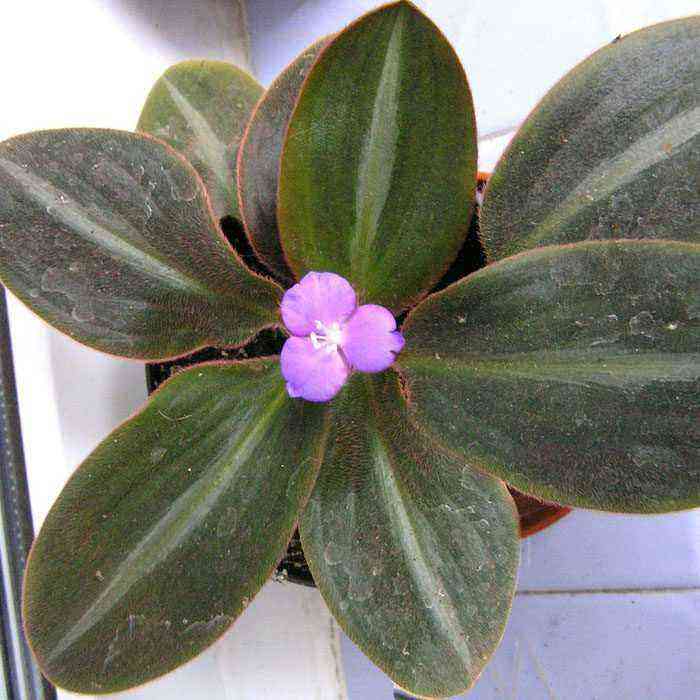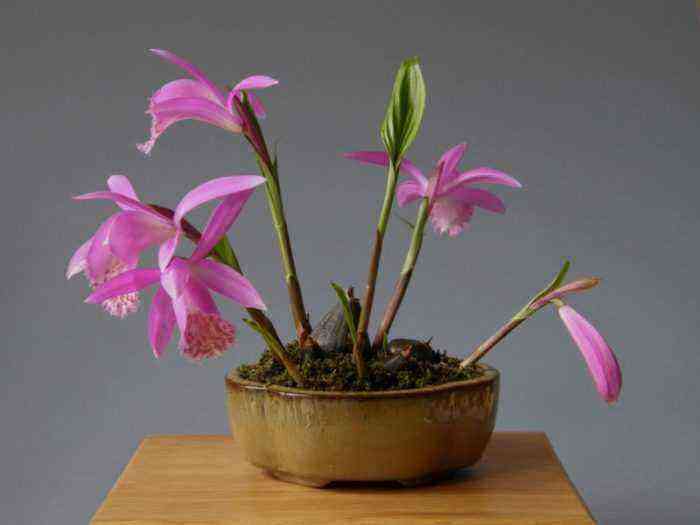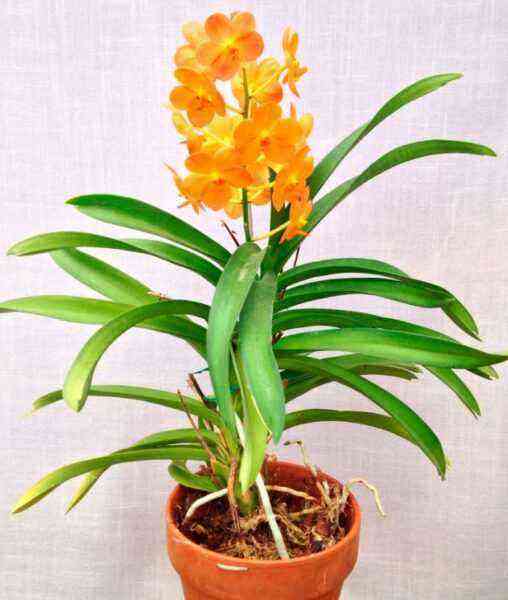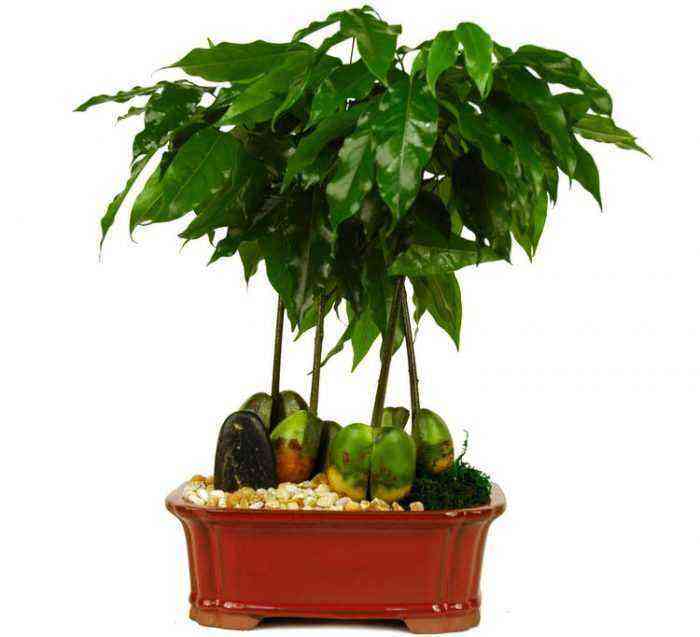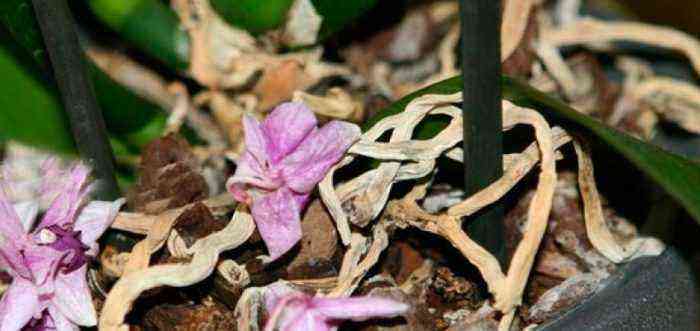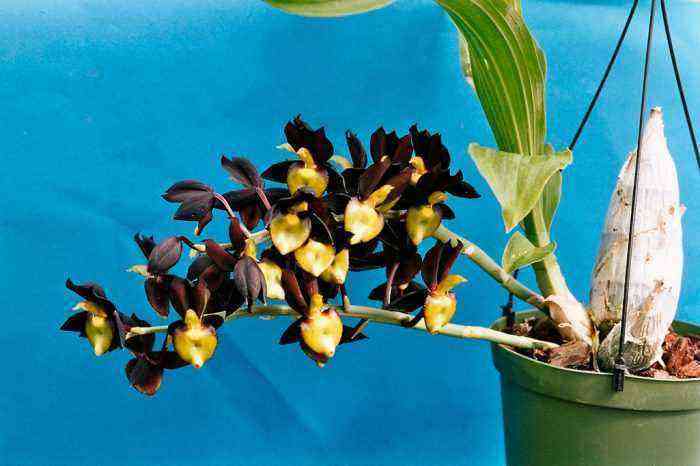Herbaceous plant Heliconia (Heliconia) is directly related to the Heliconiaceae family. In nature, it can be found in the tropical regions of South and Central America, as well as in Southeast Asia. It prefers to grow on mountain slopes, in tropical forests, on the seashore, as well as on river banks where there is a lot of moisture, but there is good drainage. It is believed that this genus of plants was named after Mount Helikon, on which lovely muses lived (according to Greek myths).
This rhizome herb is a perennial. Its height can reach 300 centimeters. And also there is a clearly distinguishable pseudostem, which is formed from oval-oblong wide leaves (similar to banana), as well as from large leafy sheaths. These leaf plates, like those of a banana, are slightly asymmetric, since their development occurs in a tight cavity of the pseudostem, and they also have similar venation. And heliconia differs from a banana in that its leaves have a two-row arrangement.
This fast-growing plant begins to bloom as early as the 2nd year of life. An inflorescence grows on every part of the root that bears foliage and stem. During the period of intensive growth, the stem remains shortened, however, during flowering, it begins to actively grow inside the pseudostem and brings up a hanging or vertical inflorescence. Brightly colored bracts are similar to flowers, they come in different colors, for example: orange, yellow, red or pink. Also, a number of species have a yellow or green border on the bracts, which makes them more spectacular, and the waxy layer on the surface makes them elastic and shiny. Real flowers are small in size and are located inside the bracts. They bloom in the morning and wither after about a day. This plant has other names among the people: parrot beak, wild banana, lobster claw and false bird of paradise. And these names are associated with the unusual structure of inflorescences, as well as with a certain similarity with other plants (strelitzia, banana).
Caring for heliconia at home
Illumination
Throughout the year, it needs bright, but diffused lighting. However, such a plant is able to withstand direct sunlight, but only for a short time.
Temperature conditions
Loves warmth very much. It is recommended to keep it at a temperature of 22 to 26 degrees all year round, while in winter it should not be allowed to drop below 18 degrees. Heliconia reacts negatively to stagnant air, as well as to drafts. In this regard, regular ventilation is required, but it should be done with extreme caution.
Humidity
High humidity is required. For this plant, you should choose a place in the apartment with the highest humidity. It grows well and develops in a greenhouse or a warm greenhouse. If the air is dry, then moisten the foliage from the sprayer as often as possible (at least 2 times a day). You can take a wide pallet, pour expanded clay into it, pour in a little water, and put a pot on top. However, make sure that the bottom of the container does not come into contact with the liquid.
How to water
In spring and summer it is necessary to water abundantly. So, this procedure is recommended to be carried out after the top layer of the substrate dries up. In winter, you need to water less, but at the same time you need to make sure that the soil in the pot does not dry out completely.
Additional fertilizing
You need to feed it in the spring and summer 1 time in 4 weeks. For this, a complex mineral fertilizer is used. In winter, feeding is not carried out.
Transplant Features
The transplant should be carried out once a year in the spring. A suitable soil mixture consists of humus, leafy, soddy soil, as well as sand, which should be taken in a ratio of 1: 1: 2: 1. A wide container is required for the free development of the rhizome. The diameter of the new pot should be 1 centimeters larger than the diameter of the previous one. If the plant is of impressive size, then it is planted in a tub. Do not forget to make a good drainage layer at the bottom.
Methods of reproduction
Can be propagated by seeds, layering and dividing the rhizome.
Seeds must be germinated before sowing. To do this, they are placed in hot (about 3-4 degrees) water for 60-70 days. To maintain the temperature of the water, it is recommended to soak in a thermos, while replacing it only if necessary (new water should be at the same temperature). Seeds are buried two centimeters deep in a mixture of sand and peat. From above, the container is covered with a film, and placed in a warm (at least 25 degrees) place. Systematic ventilation is required, as well as watering with a sprayer. The seeds will sprout at different times over the course of 16 weeks.
Root suckers should only be taken from a well-developed root system. The separated offspring are planted in a moist substrate. The container is removed to a warm, slightly shaded place with high humidity. Young plants should be watered moderately. If the air humidity is low, then the plant is covered with a transparent film with holes on top. However, the leaves should not come into contact with the film. After the appearance of young growths (after 1-3 weeks), the shelter must be removed.
Pests and diseases
Quite resistant to diseases and pests.
Shchitovka – brown plaques form on the stem and leaves. They feed on cell sap. The leaf plates turn pale, dry up and die off. To remove insects, you need to wash the leaves with a sponge dipped in soapy water. Then the flower is treated with 0,15% actellic solution (1–1 ml of substance per 2 liter of water).
spider mite – the presence of cobwebs on the leaves. He likes excessively low air humidity. The cobweb forms on the stems in the internodes and subsequently the leaves fade and die off. Rinse the flower with a soapy sponge and give it a warm shower. It is necessary to systematically moisten the foliage from the sprayer.
Possible difficulties
- The foliage turns yellow – in the autumn-winter period: poor lighting, too hot (especially at night); in the summer: overdrying of the soil, the plant needs feeding.
- Withering or dying off of green leaves – poor watering or incorrect temperature conditions (especially in winter).
- Wrinkles form on the leaf plates – may appear due to the sharp impact of cold air currents. And on old leaves, they can appear as a result of a lack of potassium, magnesium or phosphorus.
- The tips of the leaf plates turn yellow – the soil in the pot is dry or there is too much calcium in it.
- The whole flower turned yellow – the soil in the pot is completely dry, or there is stagnation of liquid in it, low air humidity, the soil is excessively heavy or it has a high density, heliconia is preparing for a dormant period.
- Twisting and dying off of leaves – poor watering.
- Weakened, elongated stems, faded foliage – poor lighting.
Video review
Basic views
Heliconia bihai
Such a herbaceous plant is quite large in size. Its leaves are 120 centimeters long and 30 to 45 centimeters wide. The length of rather large inflorescences is 60 centimeters, and the width is 30 centimeters. They are multi-flowered and protrude from reddish-yellow sheaths. Reddish-orange bracts have yellow tips. The color of the flowers can be green or light yellow.
Heliconia bicolor (Heliconia bicolor)
This herbaceous plant can reach a height of 100 centimeters. The length of the pointed oblong leaf plates reaches half a meter, and the width is 10 centimeters. Such leaves have a wedge-shaped base. Bracts are red. White flowers are arranged in 2 rows.
Heliconia metal (Heliconia metallica)
This is a rather large herb, which has pointed oval-oblong leaf plates, they reach 30 centimeters in length and 7–10 centimeters in width. Their facial surface is metallic green in color, and has a distinct whitish central vein and similarly colored feathery lateral veins. The color of the seamy surface of the foliage is saturated red. The long petioles are light red. The bracts are green and the flowers are red.
Heliconia rostral (Heliconia rostrata)
Large herb. Its large leaf plates are similar to banana ones. The flat, drooping inflorescence ranges from 100 to 150 centimeters in length and bears 35 or more bracts of deep red color with a yellowish edge. It can bloom continuously throughout the year.
Heliconia parrot (Heliconia psittacorum)
This large herb has lanceolate-linear leaf plates, the length of which is from 40 to 50 centimeters. The spiral, vertical inflorescence bears flowers with black tips. The color of the bracts ranges from red to deep orange in color.
Heliconia stricta
The height of this relatively compact herbaceous plant varies from 30 to 150 centimeters. Its erect inflorescence looks like a bird that spread its wings. So, deep-red sharp oblong bracts are located to the stem almost at an angle equal to 90 degrees. This distinctive feature is present in all varieties of this type.
The most popular are the following varieties of Heliconia straight:
- «Firebird“Is a typical representative of this species.
- «Dorado gold“- a spectacular plant. Its inflorescence bears yellow rounded bracts with a barely noticeable pinkish tint, tending to “open up” as much as possible.
- «Oliveiras Sharonii“- the bracts are painted in an unusual red color, and on the surface of the leaf plates there are clearly distinguishable brown central veins, and light lateral veins diverge from it at right angles.
- «Dwart jamaica“,”Olimpic Dream“- the compact inflorescence is colored yellow or red.
These species adapt relatively quickly to any changes in temperature conditions, and therefore they are considered the most unpretentious of all the others.
Indian Heliconia (Heliconia indica)
Oblong dense leaf plates are reddish-bronze in color. There are variegated forms with light yellow, pink or white leaf veins. Cascading inflorescences are usually green in color.




